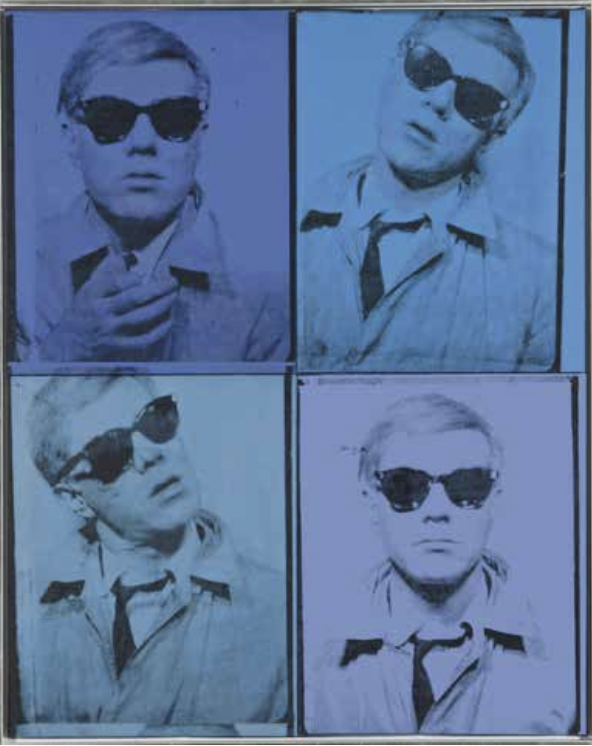I, ANDY WARHOL
“If you want to know all about Andy Warhol, just look at the surface; of my paintings and films and me, and there I am. There’s nothing behind it.” Andy Warhol

Andy WARHOL Vesuvius
Photo: © 2018 The Andy Warhol Foundation for the Visual Arts
Andy Warhol (Pittsburgh, 1928 – New York, 1987) represents one of the most complex artistic personalities of the entire post-war period. An eclectic character, from his beginnings, Warhol was considered an emblem of American culture of the 1960s and 1970s. He determined with his philosophy and his inventions a new way to look towards life. The evidence of his strong influence is given by the fact that his style can be recognised in the works of many artists, even younger ones, who confess to regard him as an ineluctable focal point.
Since the beginning of the 1970’s, Warhol understood the potential of TV hidden persuasion and the penetrating power of advertising, and he assimilated these subjects in his work, remodelling them into shapes and colours, making them up as the fundamental elements of his “total art”; in fact Warhol was a painter, commercial artist, illustrator, sculpture, film producer, video artist, advertising director (Schraftt’s), television producer (Andy Warhol’s TV), television actor (The Love Boat), cinema actor (The Driver’s Seat, with Elizabeth Taylor), model (Zoli), novelist (A), philosopher (The Philosophy of Andy Warhol), playwright (Pork), magazine director and editor (Interview), lecturer, graphic designer, agent for stars (Rent-A-Superstar), photographer, music producer (The Velvet Underground) and manager of pop stars (Walter Steding): a host of New York society, but above all, a great communicator.

Camouflage, 1987
Screenprint on paper. Ed 6/80
95,5 x 96,4 cm. Zoya Gallery, Brarislava
His work as a writer-philosopher examines his contemporary society, anticipating the development of new and additional life styles. It is not by chance that many of his utterances are nowadays as famous as his paintings.
Warhol understood earlier than others the importance of communication and of collaboration. He wanted his works to be popular – despite their qualities – like the Campbell Soup label or the Coca-Cola logo, so that they could reach everyone and not only some art connoisseurs, entering everyone’s houses in a natural way, as TV messages do.
He also recognised the potentials of those he chose for his work team, elaborating their ideas and suggestions so as to “warholize” them by means of his enduring and forewarning art: today indeed television supervises our lives, advertising is on the increase, corporations become more and more globalized.
